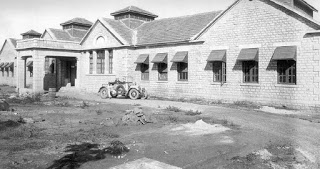
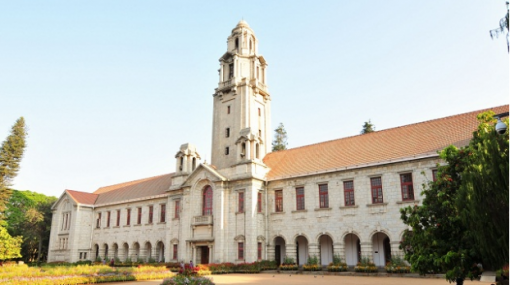
Bengaluru may now be known as an IT and BT city. But, even before that, city was a thriving centre of academic and scientific research and its institutions drew much attention. An important institute that put the the city on the world map was the Indian Institute of Sciences (IISC), established in 1909; one of the many gems that the city hosted.
Inspired by a conversation that they had with Swami Vivekananda while travelling on a sail, Jamshedji Tata and Krishnaraja Wodeyar, the then Maharaja of Mysuru, established IISC (which is still famous as Tata Institute among the locals) in 1909. The institute has been recognised for fostering some of the most reputed and globally recognised minds. The institute, even to this day, is considered a primer research institute in the country. The likes of Sir C. V. Raman, who was the first Science Nobel Laureate in Asia, have nurtured this institute.
Women are conspicuous by their absence throughout the history of this premier institute of science; in fact, it is still not very different. The research institute has hardly any women researchers. The century-old research institute has hardly had any women deans; to date, very few women have occupied positions of power in the decision making bodies of the institute (for instance, its internal court and the council); so far, the institute has not had a single woman director. Only 4 out of 42 appointed faculties during 2017-18 were women.
Such an institute, which is still predominantly a male space, hosted its first woman scholar in 1933. Kamala Sohonie, the first Indian woman to get a Phd in Science was also the first woman to step into the institute as a student. The story of Dr. Sohonie becoming a student of IISC is a dramatic one; this story is as interesting as her contribution to science and her research.
‘No, No’
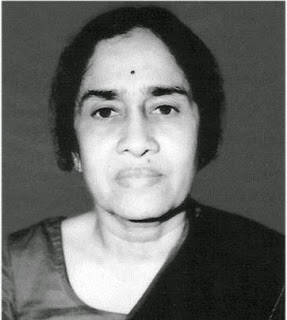
Dr. Sohonie was born in 1912 in Indore, Madhya Pradesh. Born into the family of chemists, she took forward her family’s legacy by pursuing physics and chemistry. She completed her B.Sc degree from Mumbai University and was certain that she would be able to get through the research fellowship that was offered by the IISC. However, the then director of IISC, Sir C.V. Raman, despite her having the required qualifications, he rejected her application.
The same Raman who, in public gatherings, would lecture about the need to educate women had refused to admit her into the institute. Dr. Sohonie’s father, Narayan Bhagavat, and her uncle, were alumini of IISC; Raman did not listen to them either. She finally sat on a satyagrah outside Raman’s office and demanded that he give his reasons for not giving her an admission in writing. Raman was forced to admit her as a student of IISC. However, he did so on three conditions, to which she had to agree: First, her first year as a student was to be a probation period, i.e., she would not be considered a regular student. Second, she should be ready to work whenever her guide asked her to, irrespective of what time of the day it was. And finally, she was make sure that her presence does not distract the other students.
Even though she felt violated and shamed, she accepted all the conditions and joined the biochemistry department at IISC in 1933.
In one of the gatherings of the Indian Women Scientist’s Association (IWSA), she remarked, “Raman is surely a great scientist but he is really petty. I still cannot forget his attitude towards me and the way in which he would behave with me just because I was a woman. I felt ashamed when he said he was not accepting me as a regular student; such was the prejudice about women back then. When this comes out of a Nobel Laureate, what would you expect from others?”
Professor Srinivasaiah was Kamala’s Mentor in IISC. He was a man of discipline and rules. He helped inculcate a sense of discipline in her; under his guidance, she conducted researched on the proteins present in milk, cereals, and pulses. In 1936, she finished her M.Sc degree with a distinction. C. V. Raman, impressed with her perseverance and dedication, accepted three girls as students in his own department.
Kamala then went to Cambridge University and worked in the labs of Dr. Derik Richter and Robin Hill; there, she studied plant tissues. Her colleagues suggested that she apply to Frederick Hopkins Laboratory’s fellowship. Frederick G. Hopkins was a Nobel Laureate whose work on the importance of vitamins had won him the Nobel. Kamala was accepted for a fellowship of Hopkins laboratory. Inspired by Hopkins’s work, she researched potatoes; during the course of her research, she discovered an enzyme called Cytochrome C. Later it was established that this enzyme is responsible for energy generation in plants, animals, and human beings.
At a time when people wrote PhD dissertations that ran into hundreds and thousands of pages, Kamala Sohonie submitted an essay that was 40 pages long had been completed in just 14 months. She got her PhD in 1939, becoming the first Indian woman to have earned a PhD in science.
She was offered jobs by several American pharmaceuticals. Inspired by the Gandhian ideology, she wanted to be a part of the ongoing freedom struggle in India. Thus, she returned to India in 1939. She was appointed as head of the biochemistry department in Lady Hardinge Medical College in Delhi. In 1947, following her marriage to M. V. Sohonie, she moved to Bombay.
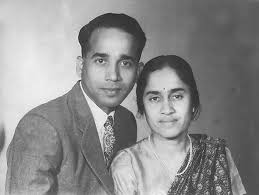
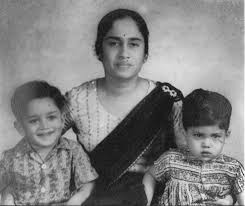
Kamala was interested in the field of nutrition in food. She continued to research and write about food and nutrition. She became the director of Nutrition Research Institute at Coonoor. Her research focused on easy and simple ways of making the food consumed by the poor Indians more nutritious; especially Neera and other cereals and pulses used in everyday diet. It was Dr. Sohonie who found the presence of Vitamin C in Neera. This research also won her the Rashtrapati Awards.
Kamala was also a prolific writer. She authored several scientific books. She wrote many of her books and papers in Marathi. She was one of the nine women who set up the Consumer Guidance Society; she continued to research and study till her last day.
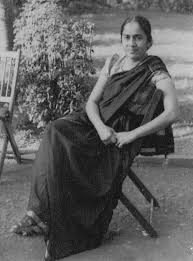
Women all over still don’t have access to equal opportunities and representation, or even equal pay: it is a bitter truth that every woman has to face and fight against. The fact that this is still true for a premier educational and intellectual institute, shows how these institutes have not evolved over time. Instead of recognising the capabilities of women, they are silenced; only a few like Kamala Sohonie cross manage to overcome these hurdles.
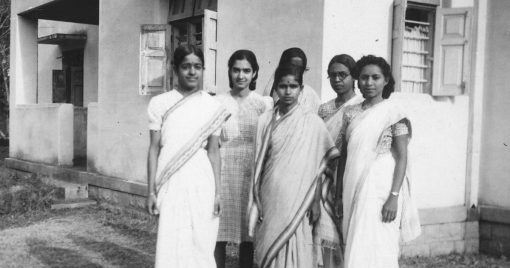
IISC started admitting students in 1911. The campus then only had hostels for men. It was not until 1942 that the institute got its first hostel for women. In 1951, the scientist Violet Bajaj recollects, IISC had Iyer mess and Iyengar mess, both of which served food only to the men. Women were expected to cook for themselves. D. K. Padma, a student of inorganic and physical chemistry at IISC way back in 1967, has a very interesting story: She was asked by her department head to get her husband to accompany her during the admission procedure. He told her, “I am giving you admission at the cost of a well deserving male student. You should finish your research within 5-6 years. You should not bear children till you finish your research.” Revati Narayan in molecular biophysics department was told by the her head of department that she wouldn’t last more than a year since she was married, implying that a pregnancy would cost her her degree.




